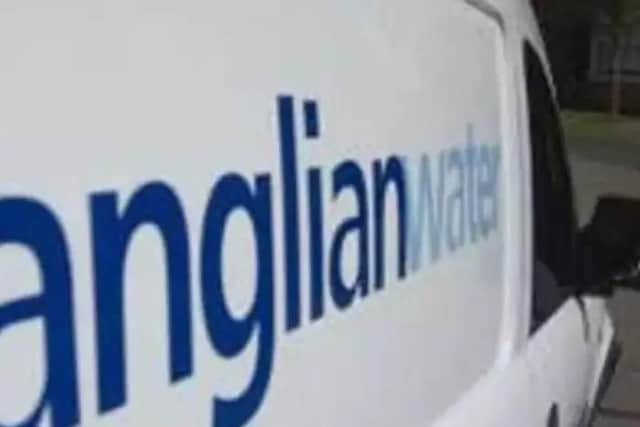Anglian Water outlines plans to plough more than £66 million between now and 2030 into tackling storm spills in Lincolnshire
and live on Freeview channel 276
On top of this, the water company has outlined its current plans for tackling storm spills across the East of England, starting with fast tracking £50m investment direct from shareholders this year, to create a ‘spills taskforce’ across the East of England, including Lincolnshire.
The announcement comes as industry body, Water UK publishes a new searchable online platform outlining all water company plans to reduce the impact of storm overflows between now and 2050. The work forms companies’ Storm Overflow Action Plans.
Advertisement
Hide AdAdvertisement
Hide AdIt comes after increasing political pressure for water firms to clean up their act regarding storm overflows from treatment works polluting rivers.


For the Anglian Water region, every single one of the 1,471 storm overflows across its network has a detailed improvement plan that will see spills significantly reduced, according to the company. The work will begin immediately, and total over £1bn of investment across the region by the end of the decade as part of the company’s next five year business plan, currently with Ofwat for approval.
The multi-million pound investment will go directly into tackling spills by delivering schemes which will create more capacity in sewers in 50 hotspot locations, increasing storm water storage at water recycling centres so they can deal with more rainfall during extreme weather, as well as the installation of additional monitoring to give better visibility of when the sewer network is under pressure.
New sustainable drainage systems in key hotspot areas will prevent surface water from entering the sewer network in the first place, and work to install 30,000 new sewer monitors to spot blocked pipes before they become an issue, will also help make spills far less common, it is proposed.
Specific investment for Lincolnshire includes:
- More than £5.6 million to install additional monitors across the sewer network
- Nearly £23 million to reduce spills from water recycling centres at Bourne, Canwick, Louth, Spilsby, Cleethorpes and Toynton by installing additional storm tanks, wetlands and sustainable drainage systems to keep rainwater out of sewers
- Nearly £1 million to install new screens
- £37 million to increase treatment capacity to cater for population growth in Sleaford, Metheringham, Claypole, Martin, Brant Broughton, Heckington, Rowston, Cowbit, Surfleet and Spalding
Advertisement
Hide AdAdvertisement
Hide AdDirector of Water Recycling for Anglian Water, Emily Timmins said: “We’ve heard loud and clear from our customers, communities, passionate river groups and our regulators that we need to take action, faster to address storm overflows. As our climate continues to change, as we’ve seen this winter, we can expect more extremes of weather, and we agree they are no longer the correct way of dealing with sewers overloaded by rainfall.
“Our plans are designed to tackle the problem from as many angles as possible, from boots on the ground to creating more capacity in our network to store excess water and treat it, and using natural solutions like wetlands to remove nutrients, protecting rivers across our region.
“We want our customers to know that we’re investing in the right solutions which will have the most benefit for the environment now and in the future.”
The action plan has been geared to tackle the highest priority overflows soonest, based on criteria set by Defra and the Environment Agency, alongside feedback from local stakeholders, including local Rivers Trusts and Natural England. It included: current spill frequencies and impact watercourse type, prioritising chalk streams and areas of known wild swimming.
